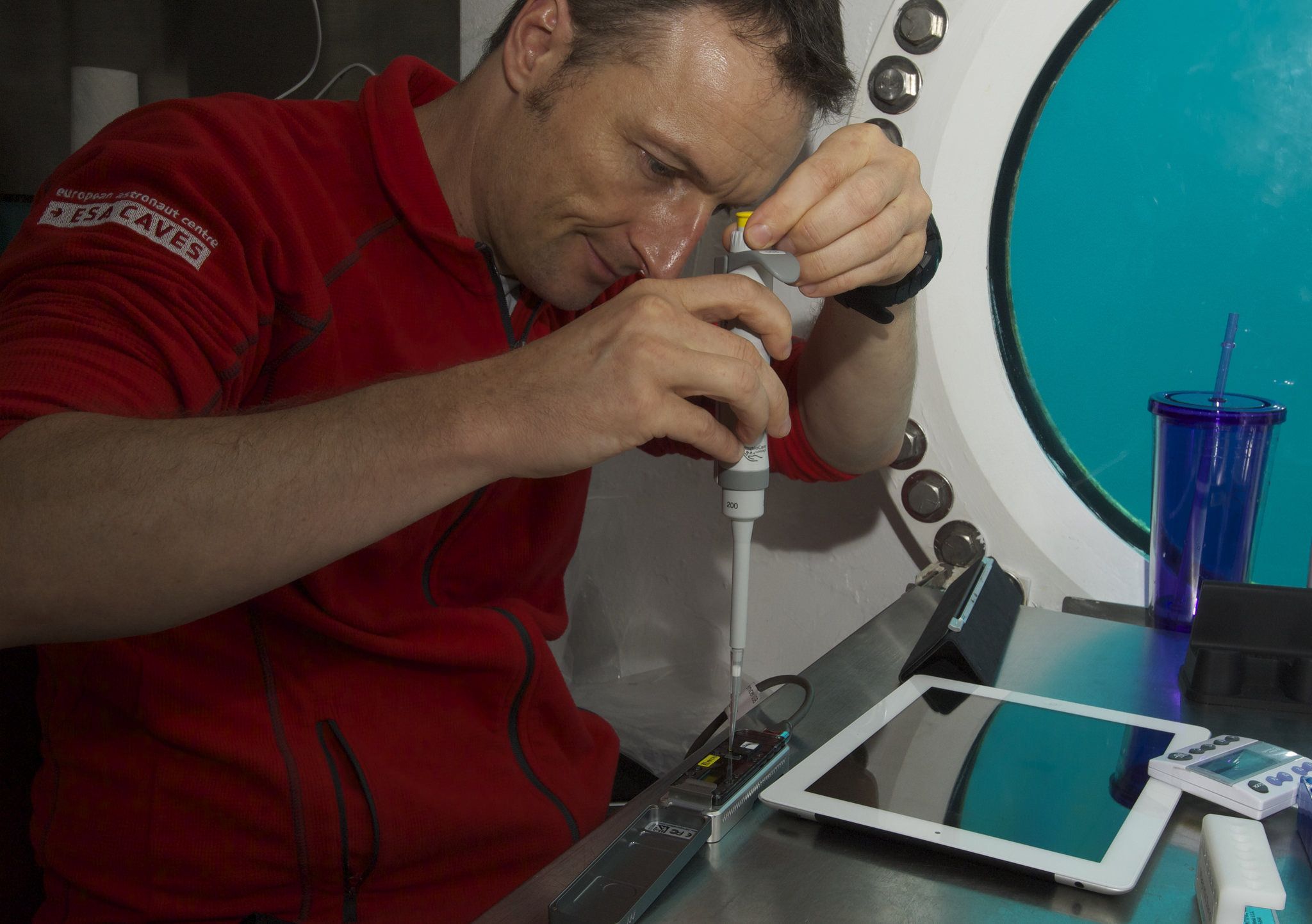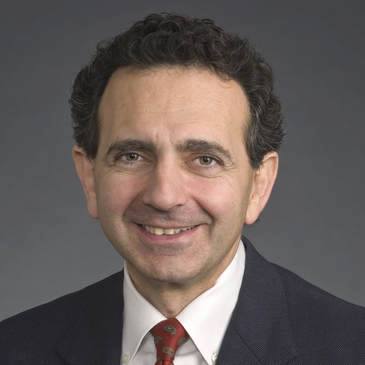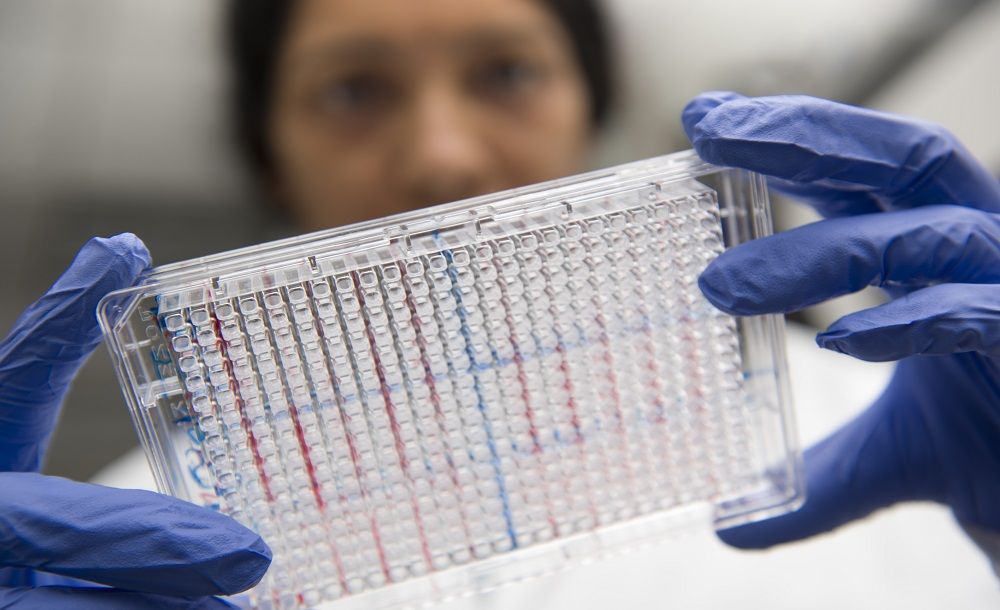Netflix’s new original series Altered Carbon explores a world where, in just a few centuries, humans can live forever. WIRED asks the experts if that’s true, then how do we get there?
In partnership with NETFLIX

Netflix’s new original series Altered Carbon explores a world where, in just a few centuries, humans can live forever. WIRED asks the experts if that’s true, then how do we get there?
In partnership with NETFLIX


Eliminating disease is an admirable ambition but it seems it’s the lack of education, environment and lifestyle that is really holding people back and causing them to lose interest in life.
Is anti-aging technology and increasing the human mortality rates helping to create a more fulfilled, life worth living. Let’s look at this question…
But Altered Carbon is only the latest bit of transhumanism to hit TV recently. From Black Mirror’s cookies and Philip K. Dick’s Electric Dreams’ mind-invading telepaths and alien bodysnatchers to Star Trek: Discovery’s surgical espionage and Travelers’ time-jumping consciousness, the classic tropes of body-hopping, body-swapping, and otherwise commandeering has exploded in an era on the brink, one in which longevity technology is accelerating more rapidly than ever, all while most people still trying to survive regular threats to basic corporeal health and safety.
Nobody wants these dumb meat-sack bodies anymore. Now TV is asking if what replaces them will be any better.

If humans are destined for deep space, they need to understand the space environment changes health, including aging and antibiotic resistance.
A new NASA project could help. It aims to develop technology used to study “omics”—fields of microbiology that are important to human health. Omics includes research into genomes, microbiomes and proteomes.
The Omics in Space project is being led by NASA’s Jet Propulsion Laboratory in Pasadena, California. The project was recently funded by NASA’s Translational Research Institute for Space Health four years of study. Over that time, NASA hopes to develop 3D printable designs for instruments on the International Space Station (ISS), that can handle liquids like blood samples without spilling in microgravity. These tools could enable astronauts to analyze biological samples without sending them back to Earth.

We wanted to bring your attention to an open-access publication in which the researchers suggest that the age-related decline of the thymus is more important than DNA mutation as a cancer risk factor[1].
Repairing the damage
As we have discussed in this article, cancer is caused by DNA damage that creates mutations. Damage to our DNA happens all the time, and we have various repair systems in place for it.


The scientists who hope to do this sit on the fringes of the mainstream medical landscape. But there are now a number of research centres around the world that have made identifying ways of preventing biological ageing a priority. Studies in animals have shown that it is indeed possible to dramatically extend the lifespan of certain species, giving hope that it could also be possible in humans.
As we learn more about the diseases that affect us, we also get better at controlling them. But will we ever manage to overcome the most inevitable of afflictions – old age?

It’s been a fruitful month in the fields of life extension and medical science. Here’s an executive summary of the January reports on longevity science, life-extension treatments, telomeres, Alzheimer’s disease and various medical advances.
In brief: An executive summary of the January reports on longevity science, life-extension treatments, telomeres, Alzheimer’s disease and various medical advances. [This article first appeared on the website LongevityFacts.com. Author: Brady Hartman. ]
It’s been a fruitful month, with advancements in life-extension treatments, longevity science, telomere dynamics, dementia and various medical advances.
Here’s a look back at the 23 reports of the past month.

Summary: Regenerative reprogramming of the body with injections could turn back the clock in our organs, say scientists in a Jan 2018 report. Prematurely aged mice lived 30% longer after Salk Institute researchers genetically reprogrammed their cells while still in the body. [This article first appeared on the website LongevityFacts.com. Author: Brady Hartman. ]
Imagine a time in the future when the doctor gives you the bad news: you need a heart transplant. In the past, this would be an expensive and drastic procedure. Instead, the doctor gives you an injection that rejuvenates your heart. In time, your heart eventually mends itself, reverting to the strength and vigor of your youth.
The dream is closer to reality than you think, thanks to a novel technique developed by a team researchers headed by Juan Carlos Izpisua Belmonte at the Salk Institute in La Jolla.